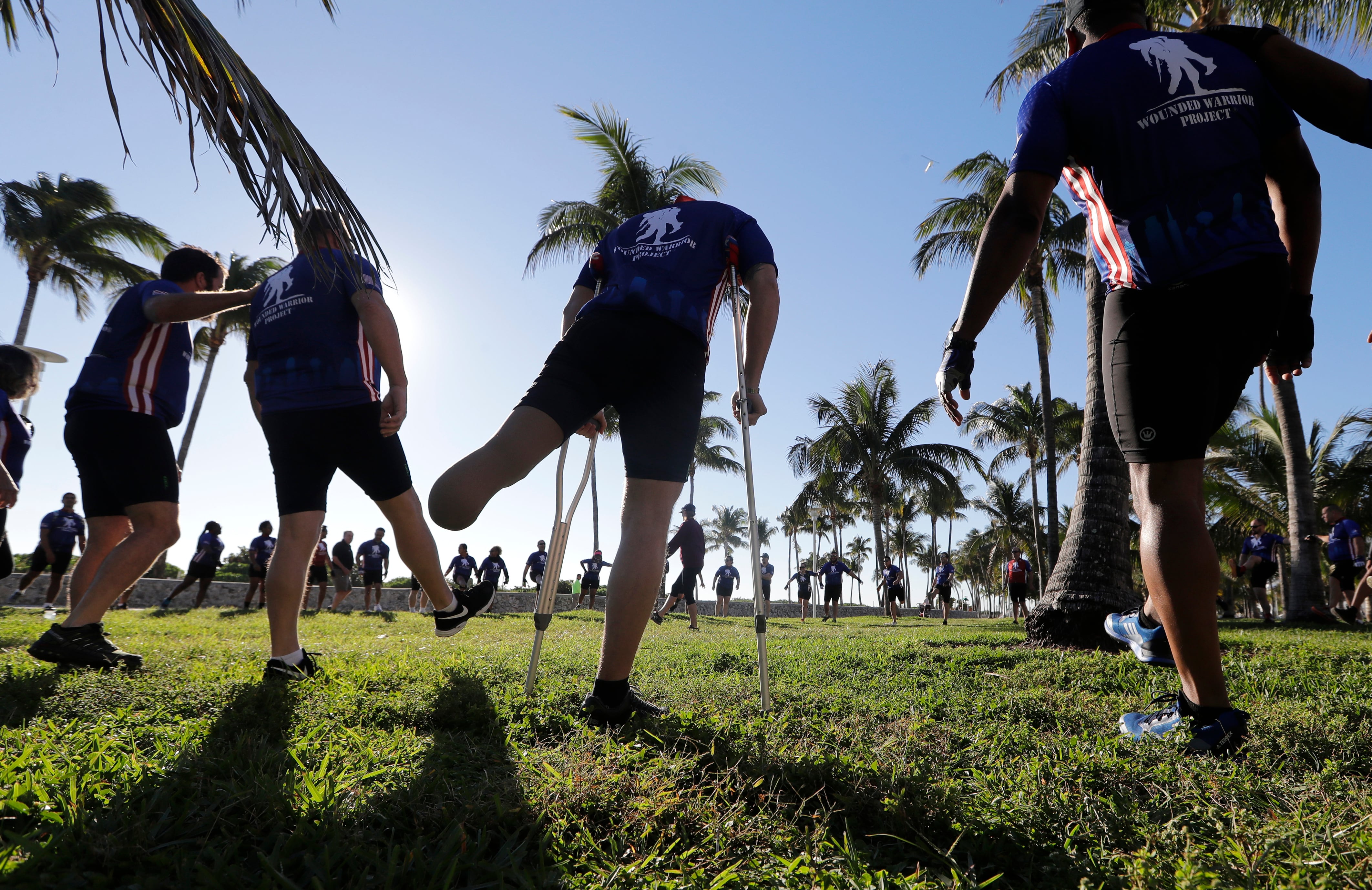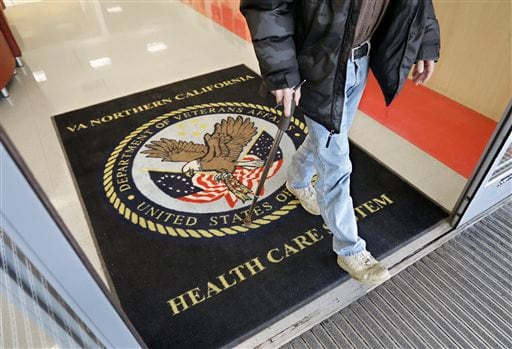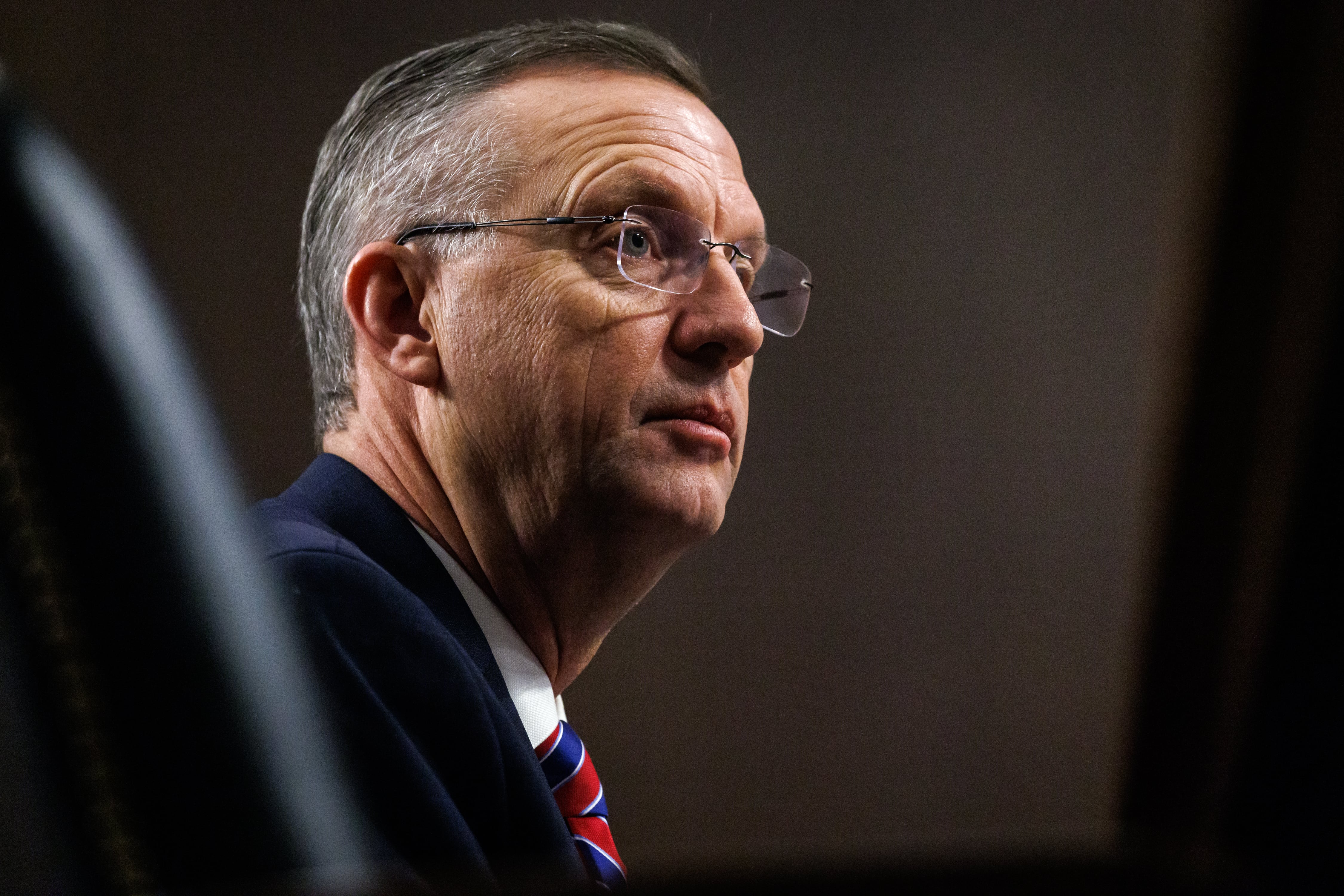Editor’s note: This story was updated at 10:47 a.m. EST on April 13 to include a statement from an agency spokesperson.
The results are in, and the Social Security Administration took last place among the best places to work in the federal government.
Each year, the nonprofit Partnership for Public Service analyzes job satisfaction among federal workers and ranks agencies against that by size. These rankings permeate conversations between government leaders and employees year-round, especially with agencies in fierce competition with each other and the private sector for talent.
The results for 2022 are also a harbinger of federal workforce attitudes and, perhaps, shifts. And this year, the results show a discouraging trend: Federal employee engagement and satisfaction fell for the second year in a row, and only four of the 17 large agencies improved their score from 2021, according to the survey.
“While the Biden administration has prioritized investing in its workforce, from recruitment practices to pay increases, this year’s rankings point to a troubling two-year decline in employee engagement, a clear warning signal that leaders across government need to urgently and proactively address,” said Max Stier, president and CEO of the Partnership for Public Service, in a statement.
RELATED
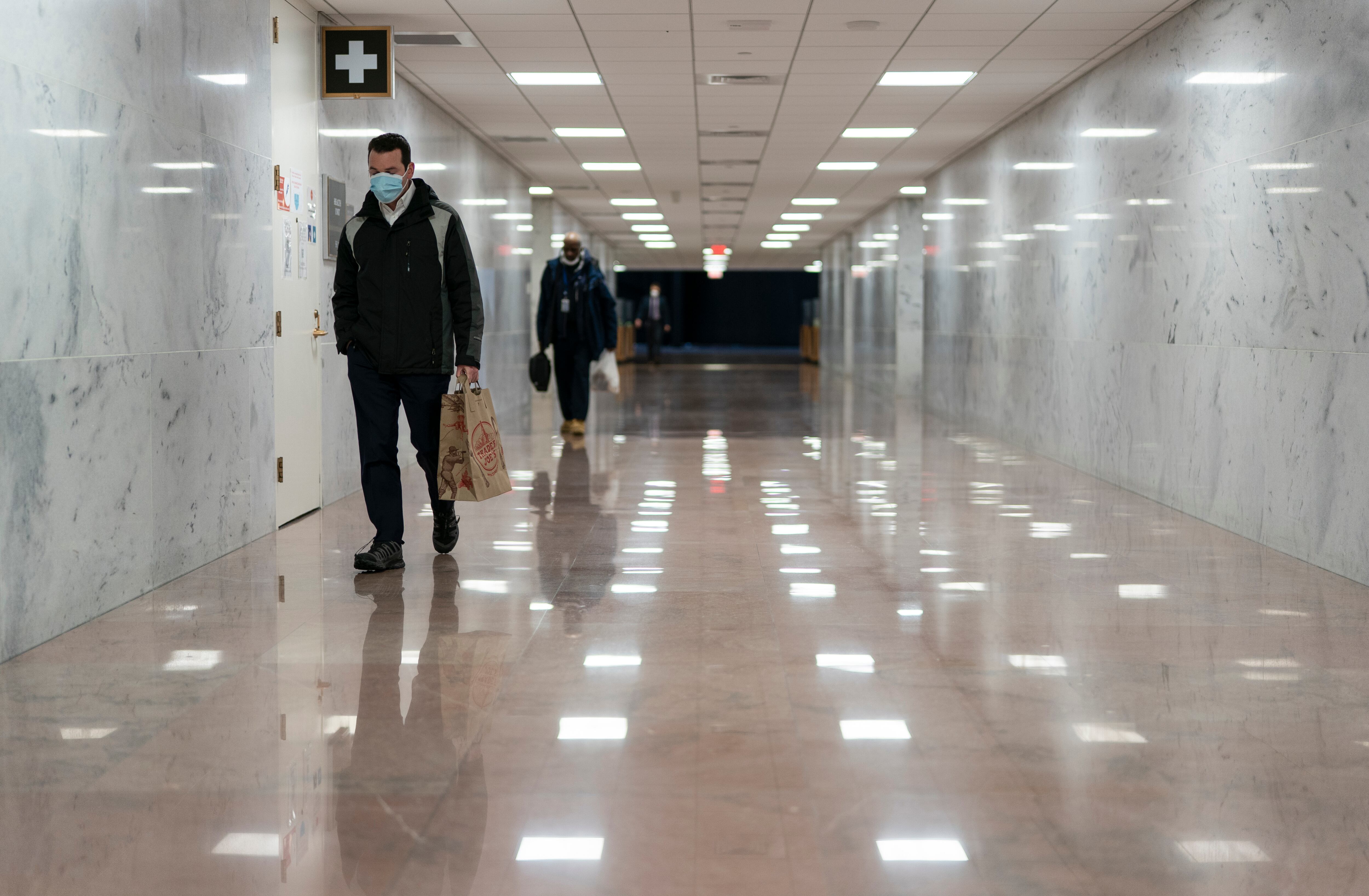
The overall rankings are determined by a “employee engagement and satisfaction” score, which assigns a combined value to three questions from the U.S. Office of Personnel Management’s Federal Employee Viewpoint Survey conducted last summer.
This weighted score measures how highly employees would recommend their agency and how satisfied they are with the work and their organization.
In this year’s poll, employees indicated feeling less empowered to have a say in decisions that affect their work and less recognized for their performance on the job. On the bright side, a poll by Axios and Generation Lab showed college students and recent graduates saw the federal government as a “dream employer,” behind Google.
Federal Times previewed the best-performing agencies last month. To see the winners in each category, read that story here.
The Small Business Administration and the Federal Election Commission improved the most among midsize and small agencies, respectively. Impressively, the Field Service of the Railroad Retirement Board jumped up 74 spots among agency subcomponents.
RELATED

Large agencies
Among large agencies, the Social Security Administration received the lowest score, falling further from where it stood in 2021. The agency employs almost 60,000 workers, though that number is far below what employees say is needed to rebuild the workforce that fell to its lowest level in 25 years during the pandemic.
The agency also lacks a Senate-confirmed agency head. Kilolo Kijakazi took over as acting commissioner in 2021, though the Biden administration has yet to nominate a full-time commissioner or deputy.
A group of lawmakers said in September that SSA’s labor-management problems worsened under the Trump administration, when “SSA was among the most hostile agencies in the federal government.” Permanent leadership will help, they said, but union officials in an April 10 press conference told reporters that’s not an excuse for not addressing pressing issues.
SSA also represented the second lowest-ranking agency subcomponent, with its Office of Inspector General at 431 among 432 internal offices.
“SSA is consistently in the basement when it comes to rankings of Best Places to Work in the Federal Government,” said Rich Couture, a union representative at a press conference on April 10. “SSA’s ranking has steadily dropped from second place in 2011. SSA’s employees have consistently stated in successive [Federal Employee Viewpoint] surveys that senior ad agency leadership does not listen to their concerns when creating agency policy or and making decisions that affect their jobs.”
“We recognize that our employees’ day-to-day perspective is affected by their workloads,” said Mark Hinkle, a spokesperson for the agency in a statement to Federal Times. “Acting Commissioner Kijakazi has been sounding the alarm about the impact of the pandemic combined with insufficient and inconsistent funding. We are working diligently to increase staffing at SSA to attain greater balance in our workloads and improve service, which is also a pressure point for employees.”
The agency also said that it has sought and received special hiring authorities to speed up the hiring and onboarding processes. It has been able to bring on more than 3,200 new agency hires through mid-March and attrition slowed so far this fiscal year, according to SSA.
“The acting commissioner’s message to employees is, ‘I hear you. I know how hard you are working to serve the public and I thank you for that. Hang on…help is on the way,’” Hinkle said.
RELATED

The U.S. Department of Homeland Security was second to last, following the Departments of Justice, State, the Navy and Agriculture to make up the bottom six agencies.
Notably, USDA was the most improved large agency with a one point increase from its 2021 score.
Mid-size agencies
In the mid-size category, the worst performing agency this year is the Court Services and Offender Supervision Agency — an agency homed in Washington, D.C. that provides pretrial services and oversees probation and parole.
The National Labor Relations Board, U.S. Agency for Global Media, Consumer Financial Protection Bureau and U.S. Agency for International Development also ranked lowest.
Small agencies and subcomponents
The Export-Import Bank of the United States, the official export credit agency of the federal government, was the worst ranking small agency, following the Office of the U.S. Trade Representative, International Boundary and Water Commission, National Gallery of Art and the Federal Election Commission.
And out of the 432 agency subcomponents, the Federal Bureau of Prisons with the U.S. Department of Justice ranked last.
RELATED
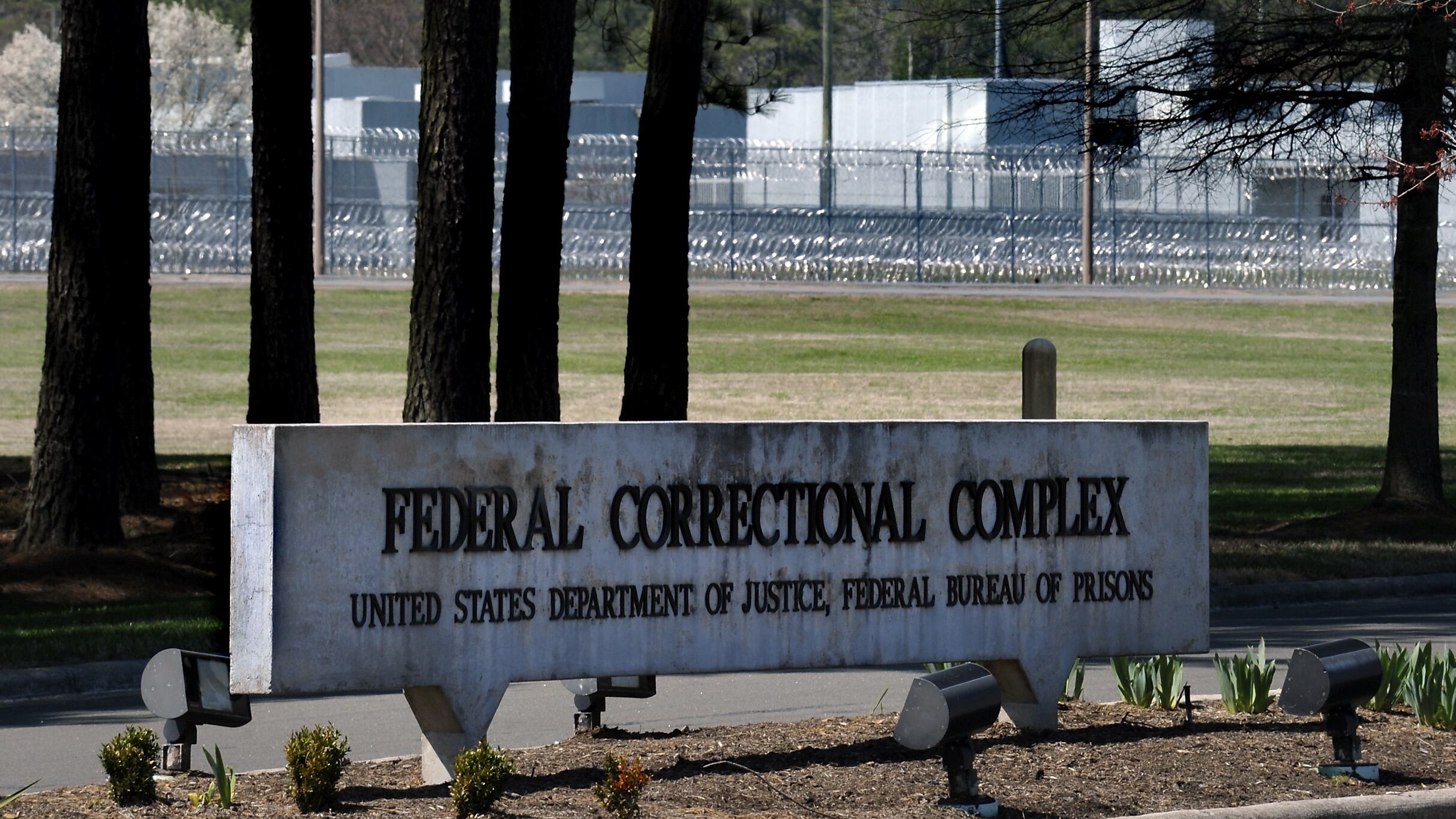
Other low-ranking offices in that category include the Countering Weapons of Mass Destruction office within the Department of Homeland Security and the Trade and Foreign Agricultural Affairs at the Department of Agriculture.
The Partnership for Public Service worked with management consulting firm Boston Consulting Group to analyze this year’s results. The results are based on the Federal Employee Viewpoint Survey, which is administered by the Office of Personnel Management each year.
The 2022 rankings include 506 federal agencies and subcomponents, the most in the history of Best Places to Work, which is broken up into 17 large agencies, 27 midsize agencies, 30 small agencies and 432 subcomponents.
This is the 17th year of the Partnerships’ rankings.
Molly Weisner is a staff reporter for Federal Times where she covers labor, policy and contracting pertaining to the government workforce. She made previous stops at USA Today and McClatchy as a digital producer, and worked at The New York Times as a copy editor. Molly majored in journalism at the University of North Carolina at Chapel Hill.


